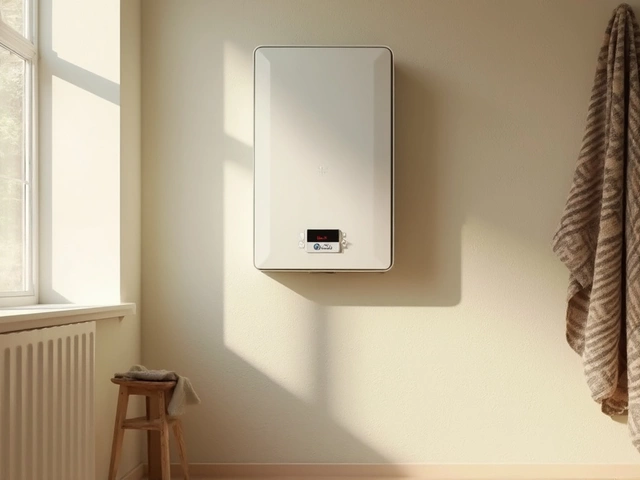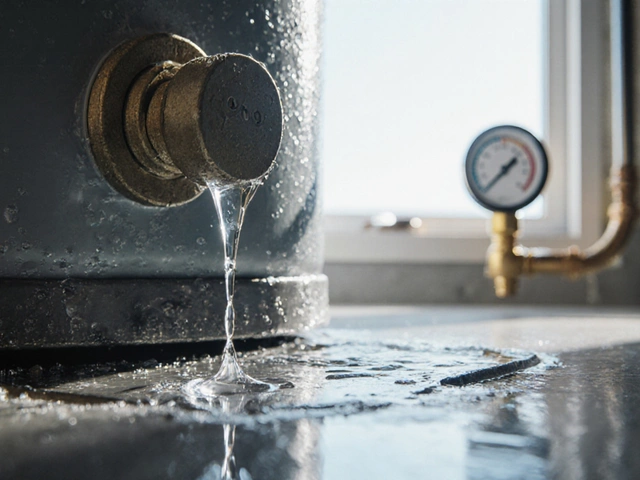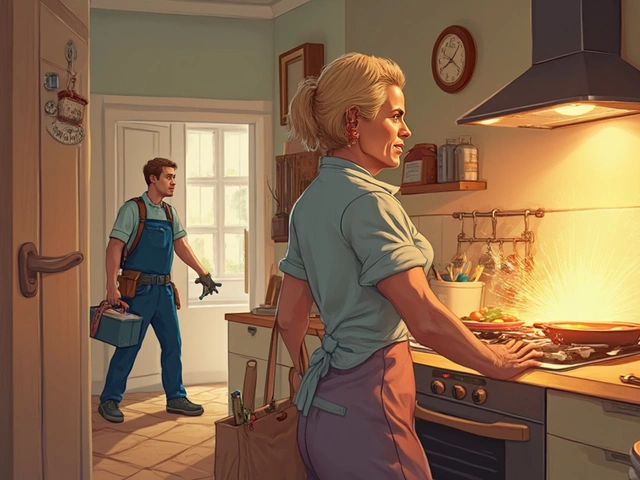If you step into the shower and feel an icy blast, you don’t have to call a plumber right away. Most cold‑shower problems can be spotted and solved with a few quick checks. Below are the most common reasons why your shower is cold and what you can do about them.
Start with the obvious: make sure the water heater is running. Look at the control panel – is the power light on? If you have a gas tank, check that the pilot light is lit. A tripped breaker or a blown fuse can also cut power to an electric heater. Reset the breaker, replace a fuse, or relight the pilot, then wait a few minutes for the tank to heat up.
Many modern water heaters let you set the temperature with a dial or digital readout. If it’s set too low (under 120°F/49°C), your shower will feel lukewarm or cold. Raise the setting a few degrees, but stay below 140°F (60°C) to avoid scalding risks. After adjusting, give the heater about 30 minutes to reach the new temperature.
If you have a tankless system, make sure the flow rate isn’t too high for the unit. Reduce the faucet’s flow or clean the showerhead’s filter to improve heat transfer.
The mixing valve blends hot and cold water. Over time, mineral buildup can jam the cartridge so that only cold water gets through. Turn off the water supply, remove the valve handle, and pull out the cartridge. Soak it in vinegar for an hour, then rinse and reinstall. If the cartridge is cracked or corroded, replace it – they’re inexpensive and widely available at hardware stores.
Some showers use a TMV to keep the water at a safe temperature. A stuck TMV can default to cold. Like the shower cartridge, you can often clean it with vinegar or replace it altogether. Check the manufacturer’s manual for specific removal steps.
Air trapped in the pipes or a sediment‑filled heater can disrupt hot water flow. Run the hottest tap in the house for a few minutes to clear air. For a water heater, drain a few gallons (use a bucket) and let fresh water fill the tank. This can restore proper heating efficiency.
If you’ve tried the steps above and the shower is still cold, the issue may be more serious. Faulty heating elements, a broken thermostat inside the water heater, or a leaking pipe hidden behind walls require professional tools and expertise. Also, if you smell gas, see water pooling, or notice rust in the water, shut off the supply and call a licensed plumber or heating engineer immediately.
Remember, regular maintenance—flushing the heater once a year, cleaning showerheads, and checking valve function—prevents most cold‑shower headaches. With these quick checks, you can often solve the problem yourself and keep your bathroom running smoothly.

Frustrated by cold water instead of a hot shower? This guide breaks down the most common reasons your hot water is running cold, with simple fixes anyone can try at home.

Ever wonder if switching your boiler on and off harms it? This article unpacks how boilers handle frequent power cycles, what really wears them out, and when switching off could save you cash or cause problems. Find out the best ways to run your boiler for both safety and savings. Practical tips and real facts—all in plain English. Avoid costly repairs by knowing how to treat your boiler right.

Troubles with your water heater might mean it needs a reset. Knowing when and how to reset it can prevent cold showers and unnecessary stress. This guide covers signs your water heater needs resetting, why it's important, and how to do it safely. Plus, learn some handy maintenance tips to keep it running smoothly.

Water heater leaks usually come from five common spots: the pressure relief valve, anode rod, drain valve, tank corrosion, or pipe fittings. Learn where to look and how to fix it before it turns into a flood.

An electric hob on the fritz can leave you in a lurch, but knowing how much it costs to fix can help you prepare. We'll break down the average repair costs, consider factors like brand, parts, and labor, and help you decide if a repair or replacement makes more sense. Get the inside scoop on typical issues that might arise and how to avoid them in the future. With this guide, you'll feel more confident when talking to repair technicians and won't be caught off guard by unexpected expenses.

Water heaters are essential fixtures in homes, providing warm water for daily needs. Understanding their lifespan can help homeowners plan for replacements and avoid unexpected cold showers. Depending on the type and maintenance, a water heater can typically last between 8 to 12 years. Regular inspections and upkeep can potentially add years to a water heater's lifespan.